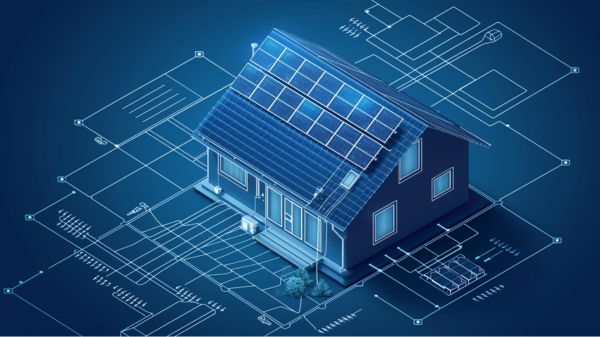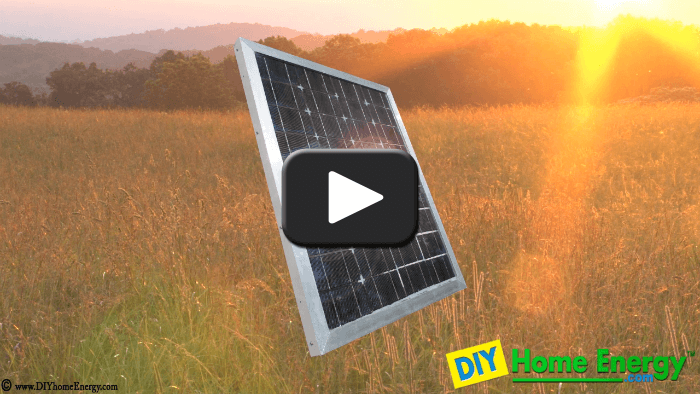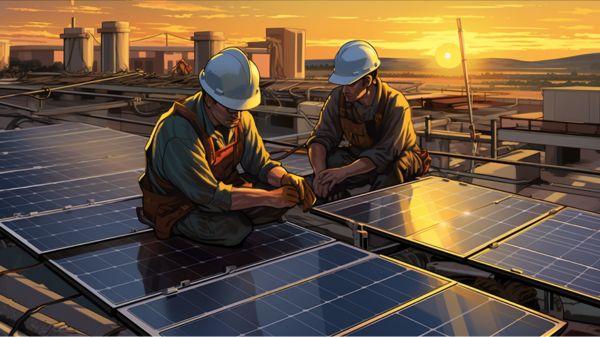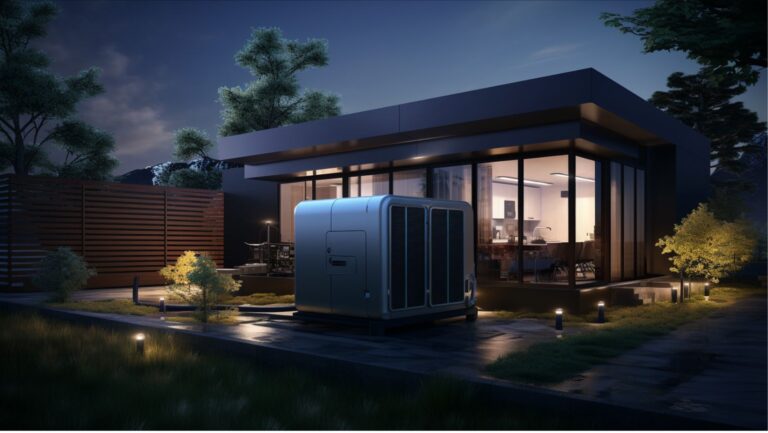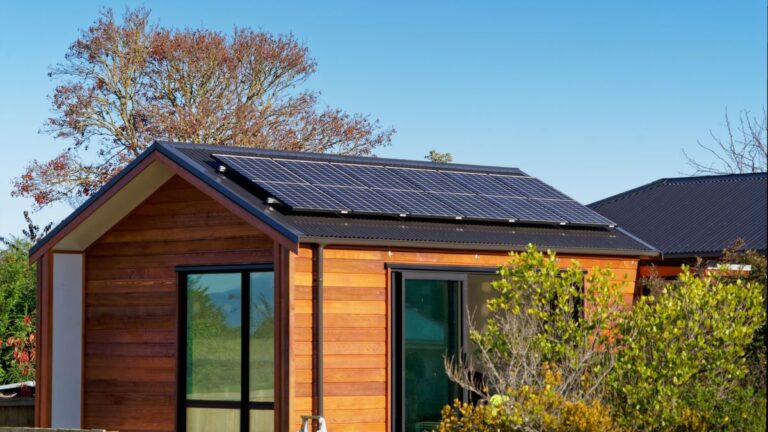6 Essential Steps for Designing a Solar Power System
Are you considering designing a solar power system for your home or business? Well, you’re in luck because we’ve got you covered with the essential steps you need to know. From assessing your energy needs to optimizing the performance of your system, we’ll guide you through each crucial stage.
So, why wait? Let’s dive into the world of solar power system design and unlock the key to harnessing clean, sustainable energy.
Key Takeaways
- Evaluate current and future energy consumption to accurately design a solar power system.
- Consider site factors such as shading and available space for solar panels to optimize system efficiency.
- Choose appropriate technology and components based on budget, sunlight availability, and system size.
- Implement performance monitoring tools and regular maintenance to optimize energy generation and identify underperforming components.
Energy Needs Assessment
To accurately design a solar power system, it is crucial to conduct a thorough energy needs assessment. Start by evaluating your current and future energy consumption, identifying power-consuming appliances and equipment, and considering peak electricity demand periods.
This assessment will help determine the energy requirements for your solar power system. Additionally, it is important to assess site factors such as shading and available space for solar panels. By understanding these factors, you can design an efficient solar power system that harnesses renewable energy from sunlight and converts it into electricity.
The energy needs assessment provides the foundation for the system design, ensuring that it meets your specific requirements and maximizes the utilization of solar power. With this approach, you can liberate yourself from traditional energy sources and embrace a sustainable and environmentally-friendly solution.
Technology and Component Selection
When it comes to selecting the key components for your solar power system, there are several important factors to consider. First, you need to assess your budget, sunlight availability, and system size in order to make informed decisions.
Next, you will need to choose between different types of solar panels, such as monocrystalline, polycrystalline, or thin-film, based on their efficiency and cost-effectiveness. Lastly, it is crucial to ensure that the chosen technology and components are suitable for creating an efficient and reliable solar system.
Key Components Selection
When selecting key components for your solar power system, it is crucial to consider factors such as budget, sunlight availability, and system size.
The design of your solar system will depend on the specific needs of your project. The efficiency and cost-effectiveness of the panels are important considerations. You have a choice between monocrystalline, polycrystalline, or thin-film panels.
Monocrystalline panels are the most efficient but also the most expensive. Polycrystalline panels offer a good balance between efficiency and cost. Thin-film panels are less efficient but more affordable. It is important to choose the technology and components that are suitable for an efficient and reliable solar system.
Calculate the appropriate number of solar panels based on your energy consumption, available space, and sun exposure. Optimize the system size for optimal energy production and return on investment.
Related Post: The Ultimate Showdown: Monocrystalline vs Polycrystalline Solar Panels.
Technology Considerations
Consider the power requirements of your appliances and choose the appropriate inverter size for your solar PV system. The inverter is responsible for converting the DC electricity generated by the solar panels into AC electricity that can be used to power your appliances.
When selecting the inverter, consider the type of appliances you have and their power consumption to ensure that the inverter can handle the load. In addition to the inverter, there are other important technology considerations for your solar PV system:
- Select deep cycle batteries and calculate the required Ampere-hour capacity based on your daily energy usage. This will determine the size of your battery bank and ensure that you have enough storage capacity for your energy needs.
- Calculate the number of PV panels needed based on the total Watt-peak rating required for your system. This will depend on your energy consumption and the amount of sunlight available in your location.
- Choose between monocrystalline and polycrystalline PV panels based on factors such as efficiency, temperature sensitivity, and available power capacity. Consider the specific needs of your system to make the best choice.
- Select the appropriate solar charge controller that matches the voltage of your PV array and batteries. This is important for system safety and efficient charging of the batteries. Consider the short circuit current of the PV array when choosing the charge controller.
Sizing and Layout Design
To properly size and design the layout of a solar power system, it is crucial to assess the total power and energy consumption of all loads. This step in designing a solar system ensures that you have the right number of PV panels to generate enough electricity to meet your needs.
The number of PV panels needed is determined by calculating the total wattage of the appliances you want to power. Additionally, you need to consider the rated power of the charge controller and the inverter’s input rating.
The charge controller helps regulate the electricity generated by the PV panels, while the inverter is responsible for converting the DC power into AC power for use in your home. By accurately sizing and designing the layout, you can maximize the efficiency and effectiveness of your solar power system.
Electrical Design and Wiring
Now that you have accurately sized and designed the layout of your solar power system, it is time to focus on the electrical design and wiring aspect. This step is crucial to ensure the safe and efficient operation of your system. Here are the essential steps to follow:
- Design Solar PV: Determine the electrical requirements of your system based on the power produced by your solar panels. Consider the energy output and select appropriate equipment accordingly.
- Selecting appropriate charge controllers: Calculate the number of charge controllers needed based on the total current produced by your solar panels. Ensure they can handle the maximum current to avoid overloading.
- Wiring considerations: Determine the appropriate wire size based on the current and voltage of your system. Ensure proper grounding and implement surge protection measures to safeguard against electrical surges.
Performance Monitoring and Optimization
Regularly monitoring and optimizing the performance of your solar power system is essential for maximizing energy production and identifying any inefficiencies.
To ensure optimal performance, conduct a thorough site analysis before installation to determine the best location for your solar photovoltaic (PV) panels. Once installed, implement performance monitoring tools to analyze real-time data and identify any underperforming components.
This data can be used to optimize the system and address any problems that may arise. Adjusting the position of the solar panels to reduce shading and maximize energy generation is also crucial. Additionally, incorporate optimization techniques such as regular panel cleaning and maintenance to maximize energy output.
By continuously monitoring and optimizing your solar power system, you can achieve higher returns on investment and reduce reliance on traditional energy sources. Conducting a cost-benefit analysis will help you determine the effectiveness of these optimization efforts.
Site Analysis and Assembly
To ensure optimal solar panel placement, assess site factors such as roof orientation, shading, and structural integrity. Consider available space, sun exposure, and energy consumption when evaluating the number and layout of solar panels. Select the most efficient and cost-effective solar panel technology, such as monocrystalline, polycrystalline, or thin-film.
Solar Panel Positioning
Assess the site’s orientation, shading, and structural integrity to determine the optimal positioning of solar panels for maximum power generation. The following steps will guide you in selecting the appropriate solar panel positioning:
- Calculate the number of solar panels needed based on your energy requirements and the panel’s capacity to handle the load.
- Design a solar panel array that is efficient and reliable by positioning the panels at angles close to your home’s latitude and facing south to maximize power generation.
- Consider the average available radiation in kWh/m2/d for your location to optimize solar panel positioning.
System Component Selection
To ensure a comprehensive site analysis and assembly for system component selection in designing a solar power system, it is crucial to assess site factors such as roof orientation, shading, and structural integrity.
The first step is to evaluate the roof orientation to determine the optimal placement of photovoltaic (PV) panels for maximum sunlight exposure. Shading analysis helps identify any obstructions that may reduce the efficiency of the system.
Structural integrity assessment ensures the roof can support the weight of the PV panels. Once the site analysis is complete, the next step is to select the appropriate system components. A deep cycle battery is recommended for stand-alone systems, while a solar charge controller ensures proper charging and discharging of the batteries.
The inverter should match the total wattage of the appliances for efficient operation. By considering these factors and finding the exact components that meet your system requirements, you can create a reliable and efficient solar power system.
| Component | Considerations |
|---|---|
| PV panels | Maximum capacity, efficiency, peak solar intensity, available radiation |
| Deep cycle battery | Suitable for stand-alone systems |
| Solar charge controller | Matches voltage of PV array and batteries |
| Inverter | Matches total wattage of appliances (stand-alone) or PV array rating (grid-tie) |
Conclusion
Congratulations! By following these six essential steps, you have unlocked the secrets to designing an efficient and reliable solar power system.
Now you can harness the power of the sun to create a greener future while reducing your reliance on those pesky fossil fuels. Remember, consult with professionals and adhere to local regulations for a successful installation.
Get ready to shine bright like a solar star!
